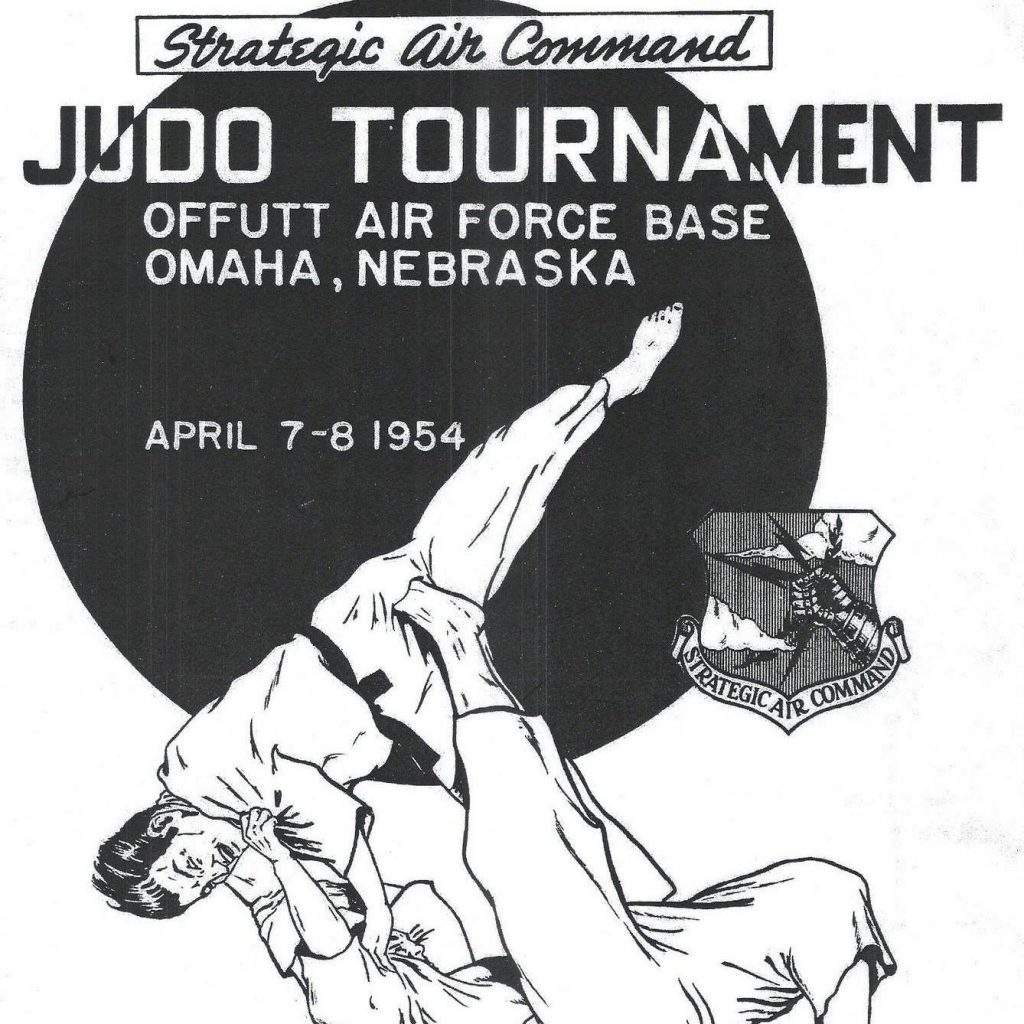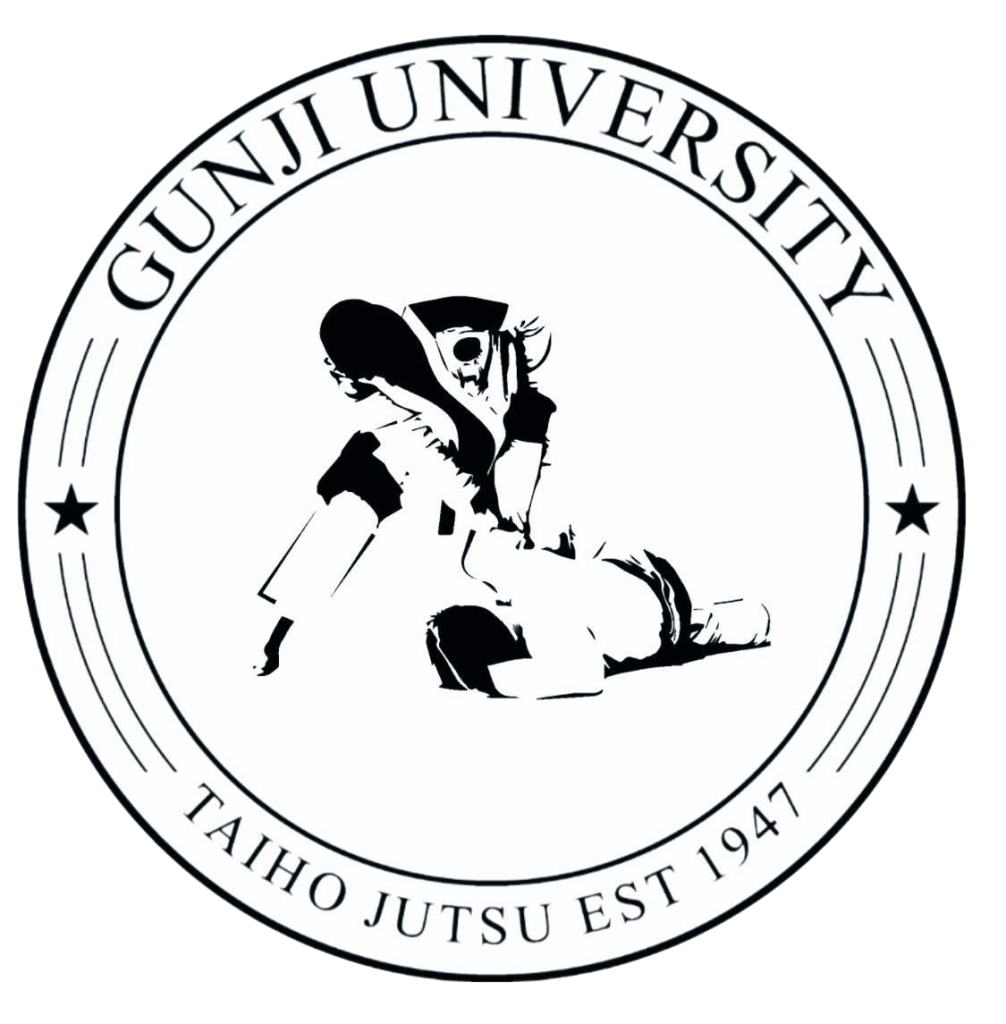
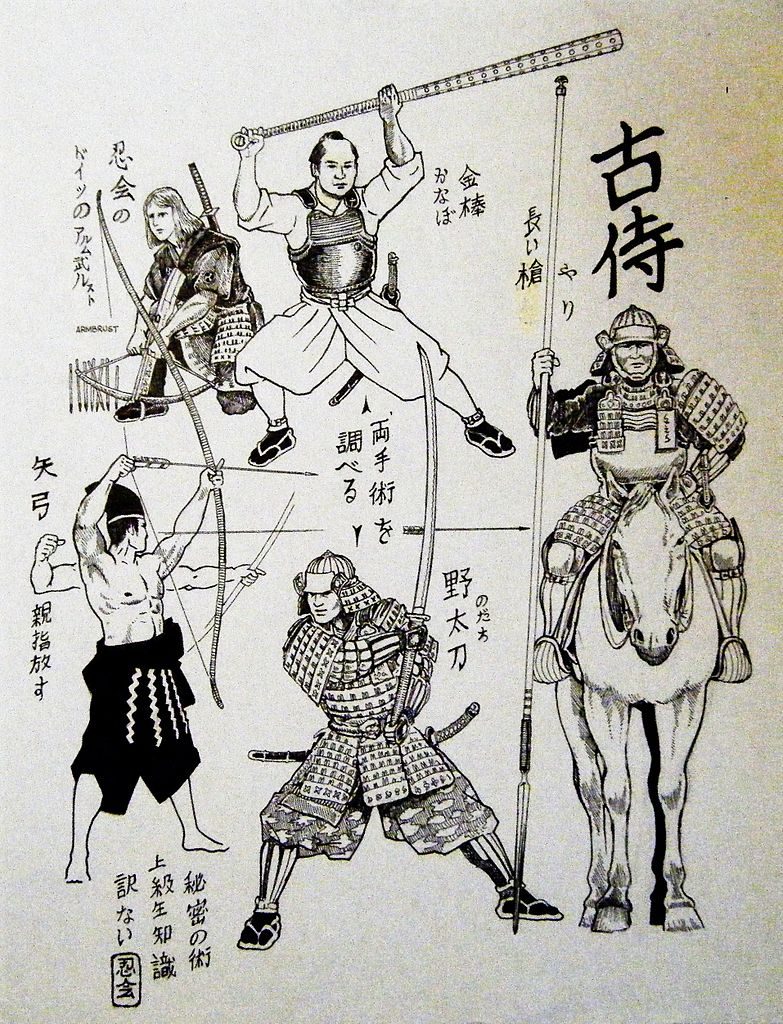
Japanese law enforcement officers trained in self-defense and arresting techniques primarily based on the unarmed fighting styles of j?jutsu. They also developed and perfected the use of a variety of non-lethal implements for capturing and restraining suspects such as juttejutsu (truncheon arts), toritejutsu (restraining arts), and hoj?jutsu (binding and tying arts). Feudal era police officers became proficient in a variety of specialized techniques for arresting both armed and unarmed individuals.
Many traditional Japanese martial arts schools once included elements of taiho jutsu, although most have since been lost to history. A number of taiho jutsu techniques have survived, though, and are still taught and practiced in their original forms by specialists in j?jutsu as well as kenjutsu and iaido (swordsmanship).
Modern History
From Wikipedia: The modern version of Taiho-jutsu was created during the Allied occupation of post World War II Japan. Japan was being demilitarized, the practice of the martial arts had been prohibited, and the Japanese police force was unable to cope with the outbreaks of violence during that period. The Tokyo police bureau convened a technical committee headed by kendoist Saimura Goro; judoist Nagaoka Shuichi; Shimizu Takaji, the twenty-fifth headmaster of the Shindo Muso Ryu; Otsuka Hidenori, founder of the Wado Ryu; and Horiguchi Tsuneo, a pistol expert. This committee reviewed the techniques of classical kenjutsu, jujutsu, and jojutsu, and adapted several techniques from each of these disciplines for police use; the committee also selected techniques from modern disciplines, such as jujutsu, karate-jutsu, kendo, and judo, for incorporation into the proposed system of self-defense; and further ideas were gained from a study of Western boxing.
A system comprising these elements and called taiho-jutsu was created in 1947, and Taiho-jutsu Kihon Kozo (Fundamentals of Taiho-jutsu) was published as an official manual for policemen. Takaji and Takayama Kenichi demonstrated jodo for the Police Technical Commission in 1927, and this resulted in the subsequent development of a police combat system using the short staff or j?, keijojutsu, which is still used by the Japanese riot police (although the staff used is somewhat heftier than that used in classical jodo).
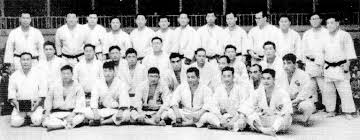
Intro to U.S.
Gunji Taiho Jutsu: A New Direction
By Prof. Anthony “little Tony” Pacenski
Over the many years of training in Japanese Martial Arts, it seems like every generation builds off the former to improve the direction he or she is heading with the study and practice of Jujutsu. I have become no different in this approach as I find myself teaching and working with Military personnel while serving in the United States Air Force. This time of the mats is different compared to what is happening during my off time at a local Martial Arts school. I will expand on these differences later.
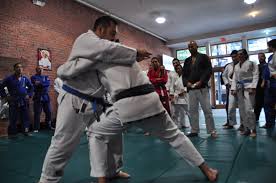
The Air Force, like other branches of the Military, has around the world base training for personnel to learn basic Military Combatives. The Air Force has the AFCP (Air Force Combatives Program). It is a program broken into different levels of knowledge where an Airman can gain new skillsets in self-protection. The course outlines have self-defense communication verbal and non-verbal knowledge, techniques in grappling (Wrestling, Brazilian Jiu Jitsu) and striking arts (Boxing & Kickboxing). There are even drills for protecting your weapon and if need by drawing your weapon under stress.
As a Master Level III instructor of Air Force Combatives, Modern Army Combatives Level II instructor and the highest ranking Brazilian Jiu Jitsu Black Belt professor in the active United States Armed Forces, I often have to meet the demands of the Military student’s questions. Some students have questions about other aspects of the curriculum involving more knowledge in Brazilian Jiu Jitsu for example because they enjoy training in Martial Arts during their off hours from work and are really interesting in improving their rank in Brazilian Jiu Jitsu. Other students coming from Security Forces or Military police have questions about arresting techniques and knowledge of control. In 2016 after basic Military training, I started on and completed a book big of Military Combatives for Air Force personnel and more specifically for Security Forces/Military Police personnel. My idea was to draw on my over 20 years of experience in jiu jitsu. Now in 2019, this book has been broken into curriculums with a simple colored ranking system that promotes both the Martial Arts and the Military structures.
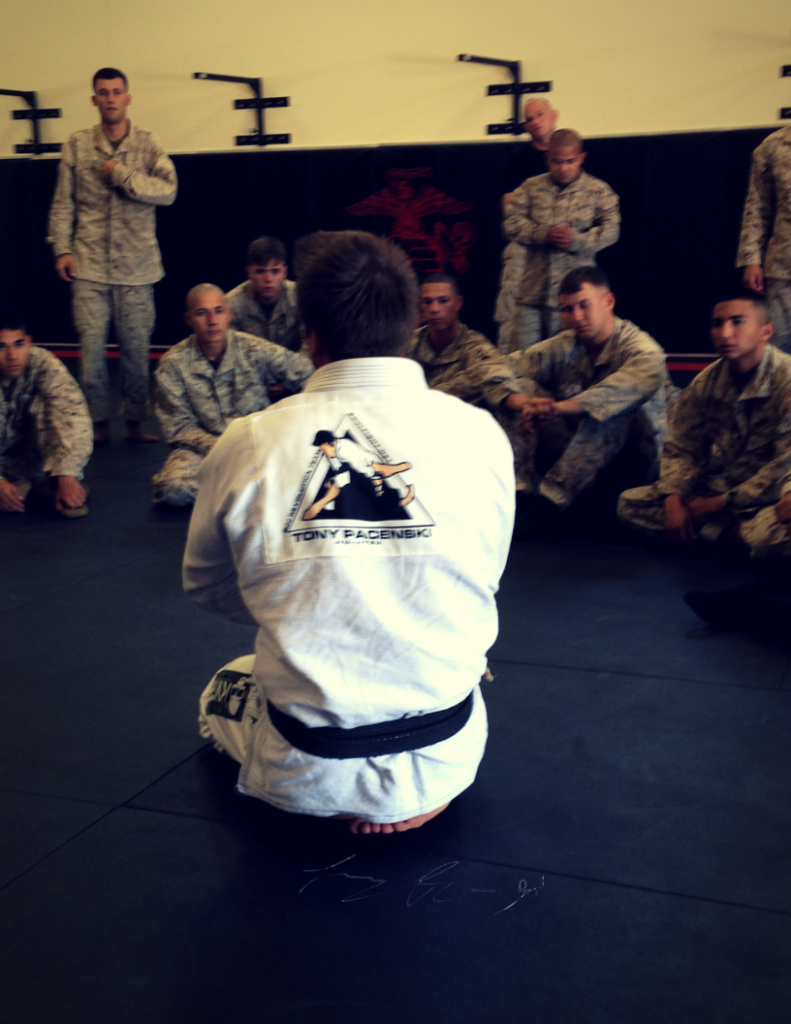
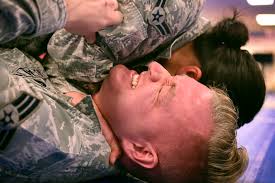
Curriculums: Ranks
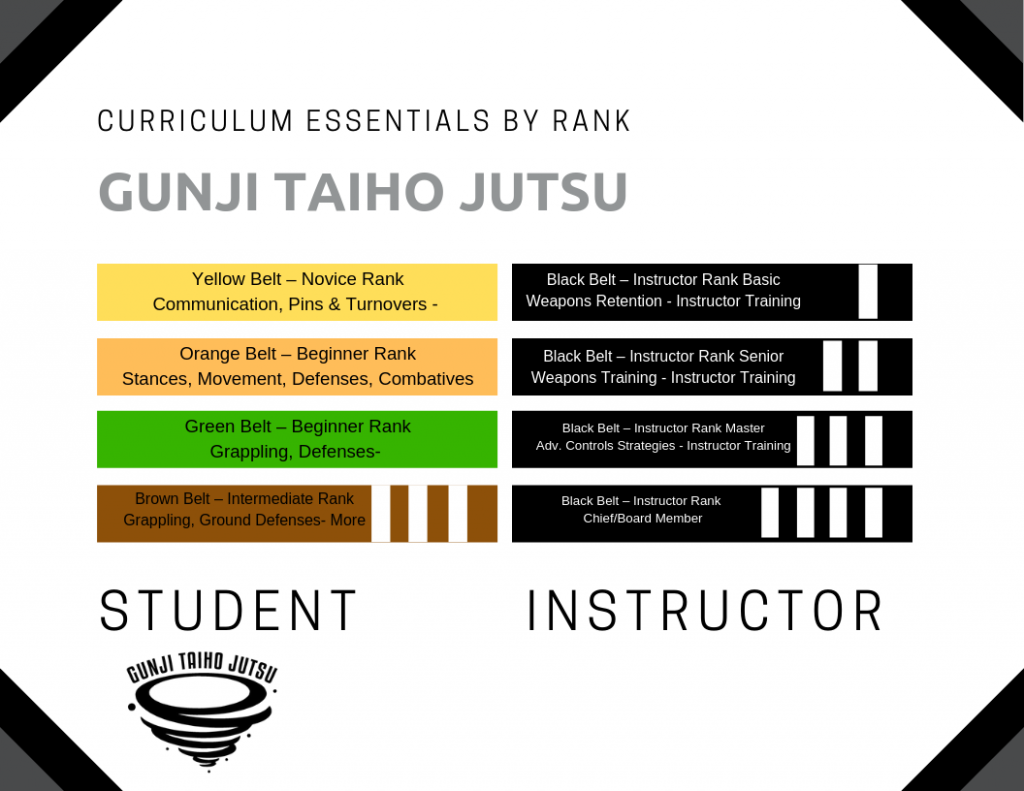
Training: Locations
Base:Yokota AB. Tokyo, Japan
POC: Anthony “little Tony” Pacenski
Martial Arts
AFCP Master III Instructor
MACP Level II Instructor
4th Degree Black Belt Gracie Jiu Jitsu
Yoshitsune Combat Ju Jitsu Black Belt
Black Belt 4 Chief Instructor Gunji Taiho Jutsu
Black Belt Kodokan Judo
Taizan Ryu Taiho Jutsu Black Belt
Brazilian Luta Livre Black Belt
M4 and M9 Qualified
Japanese Police Jo (Short Staff)
Kendo
Iaido
Education
Masters Degree Education- Concordia University of Southern California- Irvine 2010
Gracie Jiu Jitsu Instructor’s Program under Grand Master Helio Gracie, Master Rorion Gracie and Prof. Royce Gracie- 1998 & 1999.
Jiu Jitsu Global Federation Instructor’s Training under Master Rickson Gracie 2013-Present
Military
Air Force-Active
Lineage Ju Jitsu From Japan: Takeda Sokaku (Daito-Ryu Aikijujutsu) > Okuyama Ryuho (Hakko Ryu- Jujutsu) > Junji Saito (Yoshitsune Jujutsu) > Michael DePasquale Senior (Yoshitsune Jujutsu) > Michael DePasquale Junior (Yoshitsune Combat Jujutsu & Yoshitsune Taiho Jutsu) > Anthony “little Tony” Pacenski (Gunji Taiho Jutsu)
Lineage of Jiu Jitsu From Brazil: Mitsuyo Maeda > Carlos Gracie > Carlson Gracie > Rodrigo Medeiros > Anthony “little” Pacenski
Training: Request
If you are in the United States Military or in Law Enforcement, visit www.gunjiuniversity.com. Email: support@gunjiuniversity.com. Please allow us time to respond.
Copyright © 2019-2023 Gunji Taiho Jutsu. All Rights Reserved. All Photos Labeled As Reuse.

